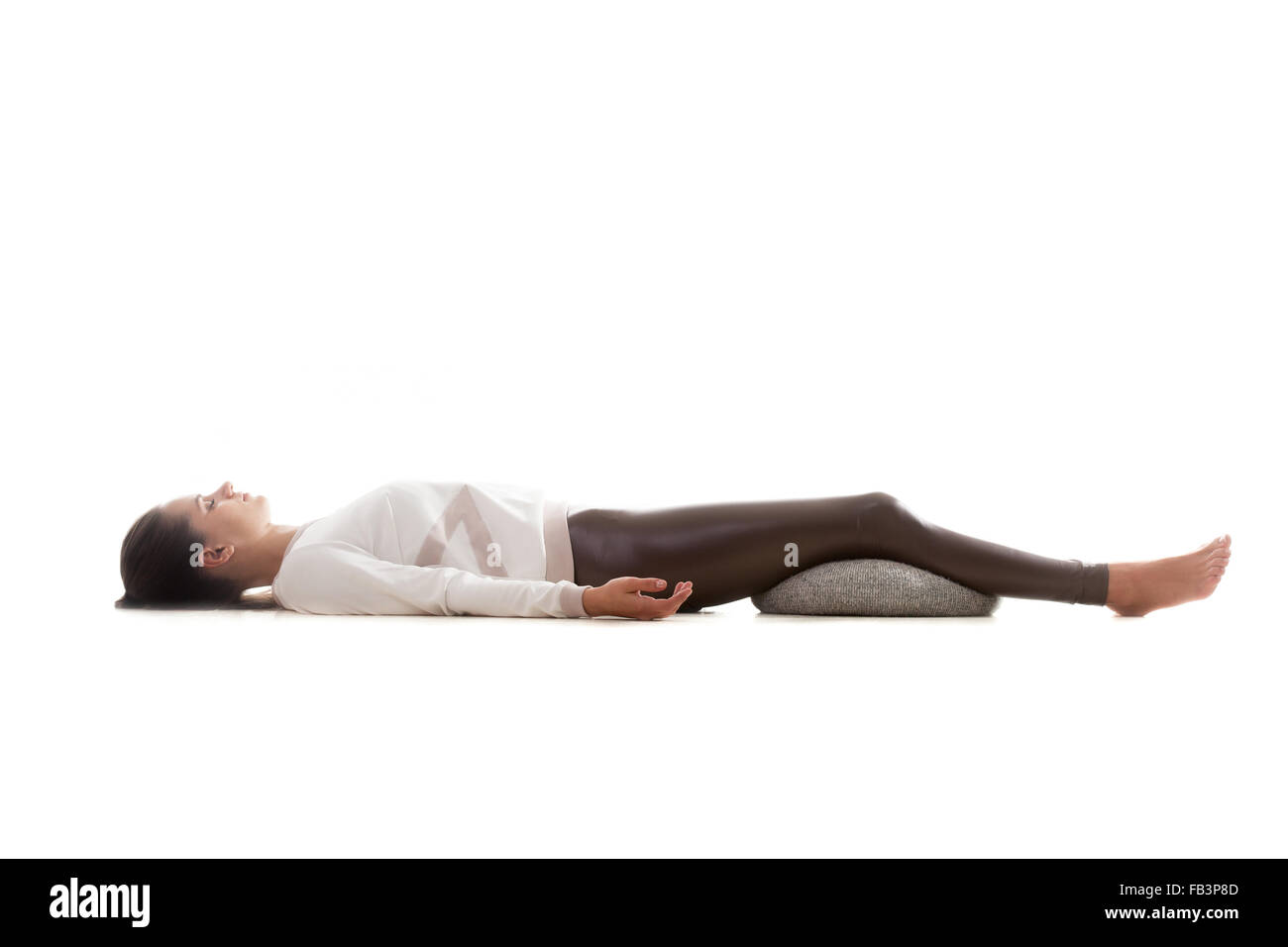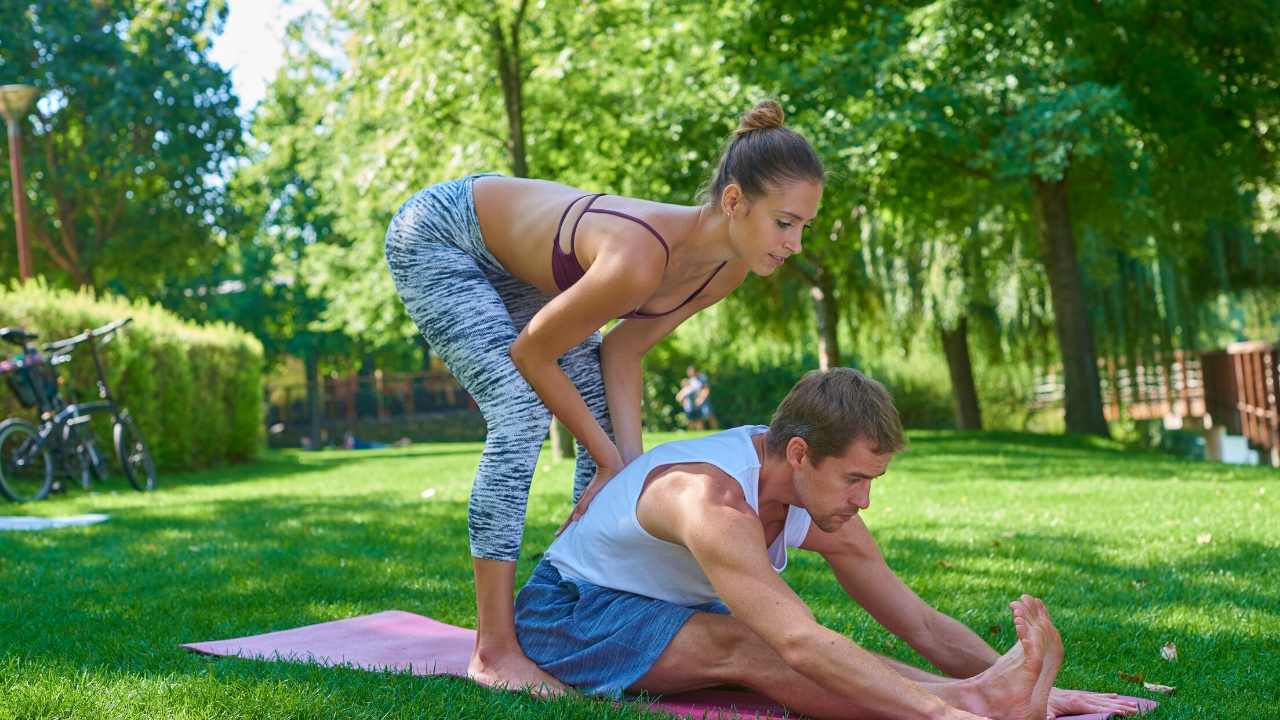
Daily Practice Yoga is an online studio dedicated to yoga, meditation, and fitness. The studio offers many classes to suit all levels. All classes are completely free. Daily Practice is a unique combination of traditional yoga and technology. You can also try the online studio for a free day.
Happier:
Research shows that yoga daily practice improves mood and well being. It improves your immune system and boosts chemicals and hormones that are associated with well-being. Yoga has many other benefits, beyond its ability to boost mood. Yoga can be used to reduce stress levels and prevent it from causing health problems.

Stress reduced
Studies have shown that regular yoga practice decreases stress and can lower a person's risk of heart disease. It increases the brain's executive function, which helps people control their emotions and achieve goals. It increases working memory and makes it easier for people to switch between tasks. It lowers blood pressure and body mass index.
Reduced inflammation
Here's a quick overview of the research regarding the effects of daily yoga on inflammation. It appears that it may reduce inflammatory markers. The biomarkers that show this effect include IL-6, IL-223, CRP, TNF-a, and IL-23. It was also found that yoga may increase immune function and stress management. These may be beneficial in the fight against chronic diseases like cardiovascular disease.
Balance improved
The benefit of yoga for improving balance has been demonstrated in various studies. A review of studies published in the Journal of Alternative and Complementary Medicine showed a positive correlation between yoga and better balance. The amount of improvement will depend on how intensely you practice. Some people can be naturally balanced.
Reduced risk of falls
According to a recent study, seniors who do yoga regularly have a lower chance of falling. Falls are a leading cause of injury death in elderly people and non-fatal hospitalization. Seniors fall approximately 30% each year. By age 80, the rate is up to 50%. 16 seniors at least 65 were involved in the study. All were white and non-Hispanic.

Lower risk for anxiety disorders
One of the benefits of daily yoga is that it is known to reduce stress and anxiety. Many studies have supported this conclusion. One study compared PSS scores for people who had practiced yoga for six month with those who didn't. The study also showed that regular yoga practice can reduce the risk of depression and anxiety disorders.
FAQ
Can I take classes together?
It depends on the class. Private lessons are offered by some teachers. Some teachers offer private lessons only. Others offer group classes in which you can meet other students.
Some studios even offer small groups called "classes within a class," where you'll be paired with another person who shares similar interests and goals.
Where can I locate a skilled yoga teacher in my area?
Find qualified yoga instructors in your area. If you don't live near a yoga studio, try searching for one online. You might also consider signing up for a class that allows you to register online.
How does yoga change your body?
Yoga is a great way to relax and stretch. It makes you feel great. Yoga increases flexibility and strength, as well as reducing stress. This can lead to improved sleep quality, better concentration, and higher energy levels.
Yoga also increases blood flow, making you less likely to have colds and flu. This happens because yoga is a deep practice of breathing that increases oxygen flow to your brain.
Yoga is a great way to relieve tension and pain. Yoga postures strengthen the muscles, joints, and improve posture.
Therefore, you should practice yoga regularly to keep yourself healthy and happy.
Is yoga safe for everyone?
Yoga is safe and accessible to all ages, genders. Yoga has been practiced for thousands upon thousands of years without side effects.
You should consult your doctor if there are any health conditions you may have before beginning an exercise program.
What type of music is used in a yoga studio's music?
Many yoga studios play soft instrumental music during class. This is to promote learning in a peaceful environment.
Other studios prefer to hear more upbeat music, like hip-hop and jazz, or rock.
Be mindful of the music you listen too. Music can sometimes distract from our practice.
How does yoga work?
Yoga is founded on the principles of alignment, breath control and meditation. Yoga creates peace and calm when done correctly.
Warming up is the first step in any yoga class. You might begin with stretches such as forwarding bends (bending forward), reverse bends (bending backward), twists and side bends. These moves can loosen tight muscles and prepare your body for deeper poses.
Next, you will need to balance in the "standing" pose. During this pose, you stand with your feet, arms at your sides, and gaze down toward the floor. Your body should feel grounded, centered, balanced, and rooted.
Next comes the most important part: moving into deep stretching poses. In these poses, you lie face up on the ground, bend your knees, lift one leg, then the other, and stretch your spine in every direction possible. To keep from falling, hold onto something sturdy. If you don't have anything to grab onto, rest your hands on the ground beside you.
After performing all these poses you will be able move into a series stand poses. These include the mountain, warrior, downward, upward, plank, and final poses.
When doing yoga, it's important to breathe deeply and slowly. Deep breathing helps to calm the mind and cleanses your lungs. Focusing on your exhales and inhales can help you do this. Try counting every time your take a deep breath.
You can even practice yoga while cooking. Follow the same steps, except that you should sit up instead of lying down.
If you are new to yoga, try starting with just 10 minutes daily. You can still benefit from yoga, regardless of your age.
How long should a session of yoga last?
A typical yoga session takes between 45 minutes and one hour. The type of Yoga you are practicing will impact the length of your yoga session. For strength-building exercises, it would be sufficient to last 45-60 minutes. However, if you're looking for relaxation or meditation, an hour or longer may be necessary.
The length also varies depending on what kind of yoga class you're taking - some classes focus on moving quickly while others emphasize slow, deep stretches.
Statistics
- Start your Fall off right with 20% off All Access Membership when you sign up by 9/25! (corepoweryoga.com)
- The American Psychological Association recently shared that 84% of American adults feel the impact of prolonged stress (5). (healthline.com)
- A 2020 review of 27 studies (1,805 total participants) of yoga interventions in children or adolescents found reductions in anxiety or depression in 70 percent of the studies, with more promising results for anxiety. (nccih.nih.gov)
- The people in the yoga group were 37 percent more likely to have quit smoking by the end of the 8-week program. (nccih.nih.gov)
- According to the Agency for Healthcare Research and Quality, falls are incredibly common among older adults in nursing facilities. Even the simplest ones can increase the risk of death (24). (healthline.com)
External Links
How To
Is yoga a good option for menopause symptoms?
Yoga is an ancient practice that originated in India and focuses on stretching, breathing, and meditation. It has been practiced for thousands of years as a way to stay fit. It has gained popularity as people search for alternatives to staying healthy and active in stressful situations.
Yoga is based around using physical postures (asanas) to stretch muscles, improve posture and increase flexibility. This helps to relieve tension and build strength and stamina.
There are many types and styles of yoga. Each type of yoga focuses on a specific aspect of the body such as breathing, stretching and relaxation.
The aim of all forms of yoga is to achieve balance within the body and mind. The benefits of yoga include improved fitness, better sleep quality, weight loss, increased energy levels, and reduced stress levels.
Numerous studies have demonstrated that yoga can be used to treat anxiety, depression, and insomnia. It isn't clear if yoga can be used to treat other health issues, such as symptoms related to menopause.
Yoga not only makes you happier but also helps you relax and manage stressful situations. This can be useful for women going through menopause.
Important to remember that yoga can cause muscle pain after exercise. Therefore, it is advisable to start with a low intensity level. Your doctor should be consulted if you have questions or concerns about your health.